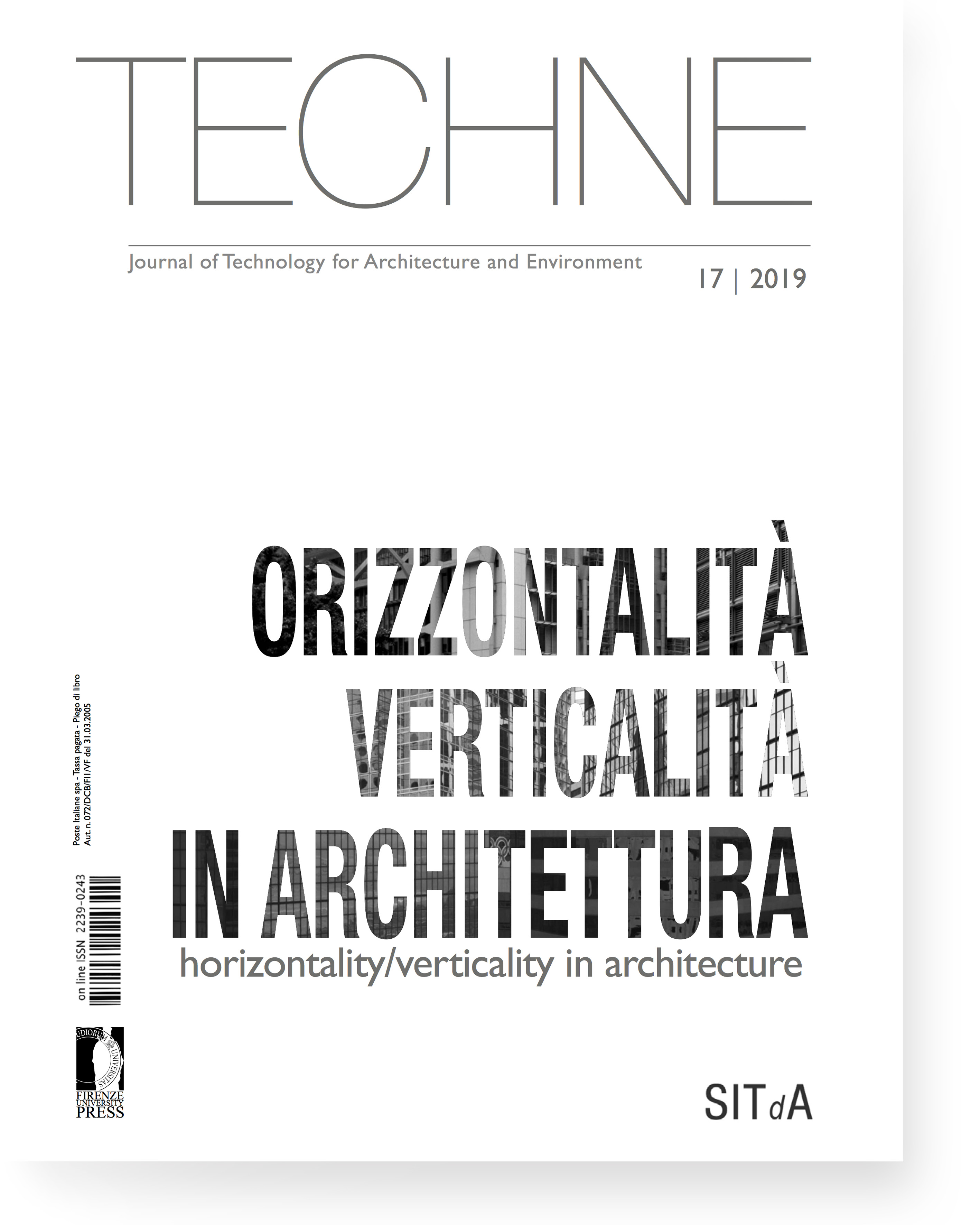Published 2019-01-17
Keywords
- Hong Kong,
- Thermal sensation,
- Zoning envelope,
- Pocket park
How to Cite
Abstract
This article aims to demonstrate that building envelopes can be designed to improve the performance of public open space in Hong Kong. It investigates how such improvement can be used to negotiate between objective and regulation in planning standards. Addressing a research site with a publicly accessible pocket park in the Mong Kok area, the article explores generative potentials at the interface between the building envelope and the zoning envelope. The objective is to demonstrate that architecture can overcome the conflict between public and private interests in urban development by shaping profitable real estate that also promotes community welfare. The research methodology for this article adheres to design research.






